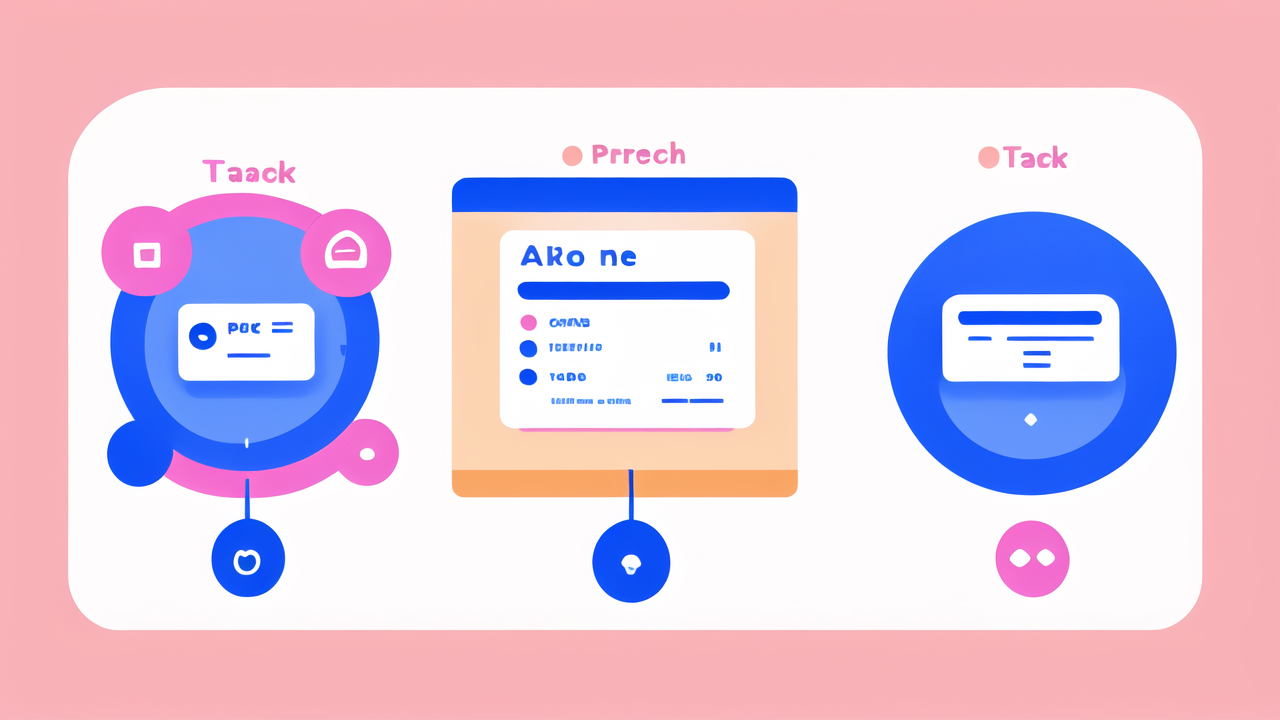Understanding Wearable Technology: From Fitness Trackers to Smartwatches
The Evolution of Wearable Devices
Wearable technology has come a long way since its inception. It started with simple pedometers and has evolved into sophisticated smartwatches. Early devices focused on step counting and basic health tracking. Today's wearables offer a wide range of features. They can monitor heart rate, sleep patterns, and even stress levels. The journey from basic fitness trackers to multi-functional smartwatches has been rapid. Each new generation brings more advanced sensors and capabilities. This evolution has made wearables an integral part of many people's lives.

Key Technologies Enabling Wearable Technology
Several key technologies have made modern wearables possible. Miniaturization of sensors allows for compact, lightweight devices. Advanced battery technology ensures longer usage between charges. Bluetooth Low Energy enables efficient wireless connectivity. GPS technology provides accurate location tracking. Touch screens and voice recognition improve user interaction. Machine learning algorithms help interpret collected data. These technologies work together to create powerful, user-friendly wearable devices. They continue to evolve, promising even more advanced features in the future.
The Differences Between Wearable Fitness Devices and Smartwatches
While both are wearable tech, fitness devices and smartwatches have distinct differences. Fitness trackers focus primarily on health and activity monitoring. They track steps, calories burned, and sometimes heart rate. Smartwatches offer these features plus additional functionality. They can display notifications, make calls, and run apps. Fitness trackers often have longer battery life due to simpler functions. Smartwatches typically need more frequent charging but offer more versatility. The choice between them depends on individual needs and preferences. Some users prefer the simplicity of fitness trackers. Others enjoy the extended features of smartwatches.
Maximizing the Benefits of Wearable Technology
Tracking Your Health and Wellness with Wearables
Wearable devices are powerful tools for monitoring personal health and wellness. They can track various metrics throughout the day. These include:

- Steps taken
- Calories burned
- Heart rate
- Sleep quality
- Stress levels
By providing real-time data, wearables help users make informed decisions. They can motivate you to be more active or get better sleep. Many devices offer personalized insights based on your data. This can lead to improved overall health and fitness. Some advanced wearables can even detect potential health issues early. Regular use of these devices can contribute to a healthier lifestyle.
Enhancing Productivity and Time Management
Wearable technology can significantly boost productivity and time management. Smartwatches allow quick access to notifications and messages. This reduces the need to constantly check your phone. Many devices offer calendar reminders and to-do lists at a glance. Voice assistants on smartwatches enable hands-free task management. Some wearables track time spent on various activities. This data can help identify time-wasting habits. By providing easy access to information, wearables help you stay focused. They can also remind you to take breaks, promoting better work-life balance.
The Role of Wearables in Personalized Marketing and CRM
Wearable technology is changing the landscape of marketing and customer relationship management. These devices collect valuable data about user preferences and behaviors. This data can be used to create highly personalized marketing campaigns. Retailers can send location-based offers when customers are nearby. Fitness brands can tailor product recommendations based on activity levels. Wearables also enable new forms of customer interaction. For example, contactless payments through smartwatches. They can provide real-time customer feedback and satisfaction metrics. This wealth of data helps businesses better understand and serve their customers.
Best Practices for Wearable Technology in the Workplace
Maintaining Data Privacy and Security
As wearables become more common in workplaces, data privacy is crucial. Companies must implement strong security measures to protect sensitive information. This includes:

- Encrypting data transmission and storage
- Using secure authentication methods
- Regularly updating device firmware and software
- Training employees on proper device usage and security practices
It's important to clearly define what data is collected and how it's used. Employees should have control over their personal data. Companies should consider creating specific policies for wearable devices. These policies should address data ownership, storage, and sharing. Regular security audits can help identify and address potential vulnerabilities. Balancing the benefits of wearables with privacy concerns is key to successful implementation.
Adopting Wearable Tech for Enhancing Workplace Productivity
Wearable technology can significantly boost workplace productivity when used effectively. Smartwatches can help employees manage their time more efficiently. They provide quick access to important notifications and schedules. Some companies use wearables for hands-free communication in certain roles. Fitness trackers can encourage employee wellness, potentially reducing sick days. Wearables can also streamline certain work processes. For example, warehouse workers might use smart glasses for inventory management. To maximize benefits, companies should:
- Provide proper training on device usage
- Set clear guidelines for appropriate use during work hours
- Choose devices that integrate well with existing systems
- Regularly assess the impact on productivity and employee satisfaction
When implemented thoughtfully, wearables can lead to a more efficient and connected workplace.
Regulatory Considerations for Wearable Devices in the US
In the United States, the use of wearable technology is subject to various regulations. These rules aim to protect user privacy and ensure device safety. The FDA regulates wearables that make health claims or provide medical functions. Companies must comply with data protection laws like HIPAA for health-related data. The FTC oversees privacy practices and data security for consumer devices. Employers using wearables must adhere to workplace privacy laws. This includes getting consent for data collection and use. State laws may impose additional requirements on wearable technology. As the technology evolves, regulations are likely to change. Companies should stay informed about current and upcoming regulations. Consulting with legal experts can help ensure compliance in this complex area.




Leave a comment
This site is protected by hCaptcha and the hCaptcha Privacy Policy and Terms of Service apply.